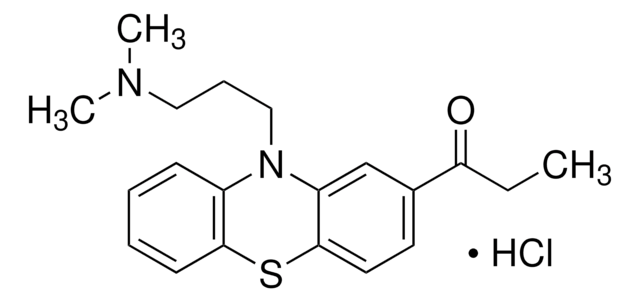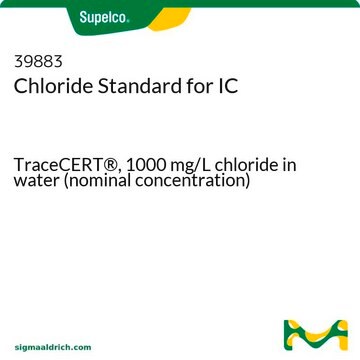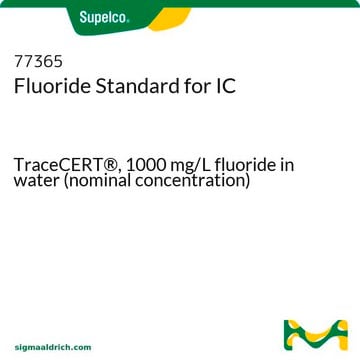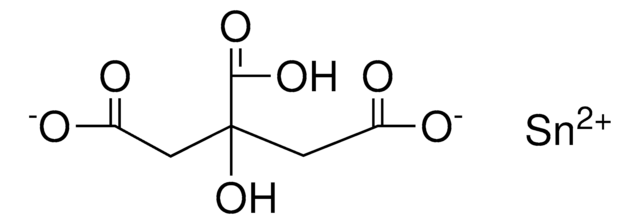S3252
Tin(II) 2-ethylhexanoate
92.5-100.0%
Synonyme(s) :
2-Ethylhexanoic acid tin(II) salt, Stannous 2-ethylhexanoate, Stannous octoate
About This Item
Produits recommandés
Pureté
92.5-100.0%
Pertinence de la réaction
core: tin
reagent type: catalyst
reaction type: Ring-Opening Polymerization
Indice de réfraction
n20/D 1.493 (lit.)
Densité
1.251 g/mL at 25 °C (lit.)
Traces de cations
Na: ≤0.5%
Chaîne SMILES
CCCCC(CC)C(=O)O[SnH2]OC(=O)C(CC)CCCC
InChI
1S/2C8H16O2.Sn/c2*1-3-5-6-7(4-2)8(9)10;/h2*7H,3-6H2,1-2H3,(H,9,10);/q;;+2/p-2
Clé InChI
KSBAEPSJVUENNK-UHFFFAOYSA-L
Vous recherchez des produits similaires ? Visite Guide de comparaison des produits
Catégories apparentées
Application
Mention d'avertissement
Danger
Mentions de danger
Conseils de prudence
Classification des risques
Aquatic Chronic 3 - Eye Dam. 1 - Repr. 1B - Skin Sens. 1
Code de la classe de stockage
6.1C - Combustible acute toxic Cat.3 / toxic compounds or compounds which causing chronic effects
Classe de danger pour l'eau (WGK)
WGK 2
Point d'éclair (°F)
278.6 °F - closed cup
Point d'éclair (°C)
137 °C - closed cup
Équipement de protection individuelle
Eyeshields, Gloves, type ABEK (EN14387) respirator filter
Certificats d'analyse (COA)
Recherchez un Certificats d'analyse (COA) en saisissant le numéro de lot du produit. Les numéros de lot figurent sur l'étiquette du produit après les mots "Lot" ou "Batch".
Déjà en possession de ce produit ?
Retrouvez la documentation relative aux produits que vous avez récemment achetés dans la Bibliothèque de documents.
Les clients ont également consulté
Articles
ATRP is a successful method for precise polymer synthesis with controlled molecular weights and high chain end functionalities.
Notre équipe de scientifiques dispose d'une expérience dans tous les secteurs de la recherche, notamment en sciences de la vie, science des matériaux, synthèse chimique, chromatographie, analyse et dans de nombreux autres domaines..
Contacter notre Service technique
















